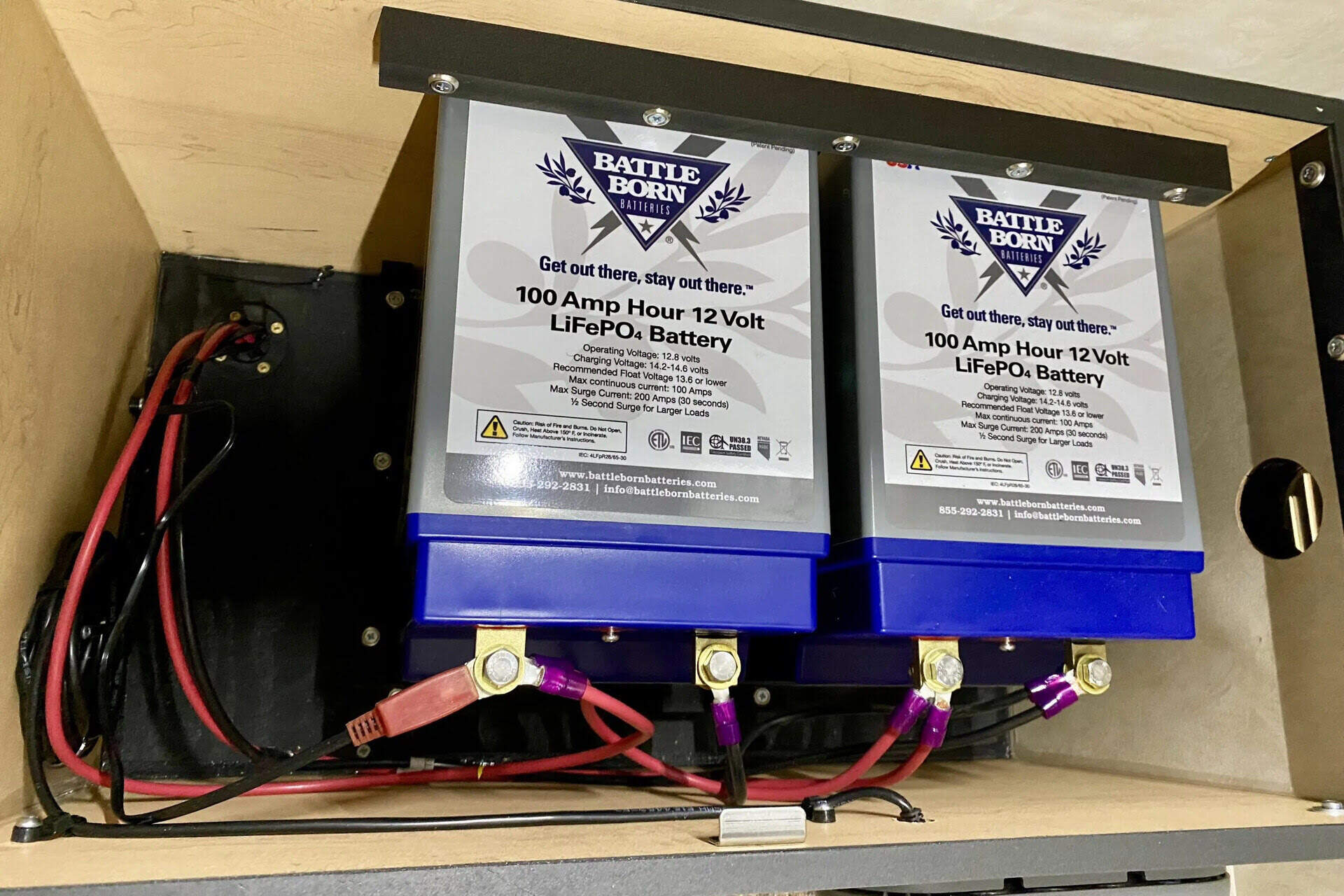

Articles
How To Store Lifepo4 Batteries
Modified: December 7, 2023
Looking for articles on how to store Lifepo4 batteries? Check out our comprehensive guide on the best practices and tips for safely storing Lifepo4 batteries to maximize their lifespan and performance.
(Many of the links in this article redirect to a specific reviewed product. Your purchase of these products through affiliate links helps to generate commission for Storables.com, at no extra cost. Learn more)
Introduction
Welcome to the world of LiFePO4 batteries! These advanced lithium-ion batteries have gained popularity due to their high energy density, long cycle life, and excellent safety features. Whether you are an electronics enthusiast or a renewable energy enthusiast, understanding how to store LiFePO4 batteries properly is essential to maximize their performance and lifespan.
In this article, we will explore the factors to consider for storage and provide valuable tips to ensure your LiFePO4 batteries remain in optimal condition throughout their storage period. By following these guidelines, you can avoid potential issues such as capacity loss, internal damage, and reduced efficiency commonly associated with suboptimal storage practices.
So, let’s dive into the world of LiFePO4 batteries and learn how to store them effectively.
Key Takeaways:
- Proper storage of LiFePO4 batteries is crucial for maintaining their performance, longevity, and safety. Understanding factors like state of charge, temperature, and humidity is essential for effective storage.
- Long-term storage tips, regular monitoring, and adherence to safety precautions are vital for optimizing the lifespan and performance of LiFePO4 batteries. Following manufacturer’s recommendations is key to ensuring proper storage.
Read more: How To Store A Battery
Understanding LiFePO4 Batteries
LiFePO4 batteries, also known as lithium iron phosphate batteries, are a type of rechargeable lithium-ion battery that utilizes lithium iron phosphate as the cathode material. These batteries are known for their superior performance and safety characteristics, making them an ideal choice for various applications, including electric vehicles, solar energy storage systems, and portable electronic devices.
LiFePO4 batteries offer several advantages over other lithium-ion battery chemistries. Firstly, they have a higher thermal and chemical stability, reducing the risk of thermal runaway and potential fire hazards. Additionally, LiFePO4 batteries have a longer cycle life, able to withstand several thousand charge-discharge cycles without significant capacity loss.
Another notable advantage of LiFePO4 batteries is their high energy density, allowing them to store and deliver more energy for a longer duration. They also have a lower self-discharge rate, meaning they can hold their charge for extended periods, making them suitable for standby power applications.
However, it’s important to note that LiFePO4 batteries do have some limitations as well. They have a lower voltage per cell compared to other lithium-ion batteries, requiring the use of more cells in series for higher voltage applications. Additionally, LiFePO4 batteries have a lower energy density compared to some other lithium-ion chemistries, meaning they may not be the most suitable option for applications requiring ultra-high energy storage.
Now that we have a basic understanding of LiFePO4 batteries, let’s explore the factors to consider when storing these batteries to ensure their longevity and optimal performance.
Factors to Consider for Storage
When it comes to storing LiFePO4 batteries, there are several important factors to consider. By paying attention to these factors, you can ensure that your batteries remain in good condition and retain their performance during the storage period.
1. State of Charge (SoC): The state of charge of a LiFePO4 battery is a crucial factor to consider before storing it. It is recommended to store the batteries at a state of charge between 30% and 50%. Storing the battery at a full charge or at a very low state of charge for an extended period can lead to degradation and capacity loss.
2. Temperature: Temperature plays a significant role in the degradation of LiFePO4 batteries. It is essential to store them at a moderate temperature, preferably between 20°C and 25°C (68°F – 77°F). Extreme temperatures, both hot and cold, can negatively impact the battery’s performance and lifespan.
3. Humidity: High humidity levels can cause moisture to seep into the battery and lead to corrosion and damage. It is advisable to store LiFePO4 batteries in a dry environment with low humidity to prevent such issues.
4. Avoiding Physical Damage: When storing LiFePO4 batteries, it is crucial to protect them from physical damage. Avoid dropping or mishandling the batteries, as it can cause internal damage or even lead to safety hazards. Store the batteries in a sturdy container or packaging to provide adequate protection.
5. Avoiding Exposure to Sunlight: Direct exposure to sunlight should be avoided when storing LiFePO4 batteries. Sunlight can raise the temperature significantly, leading to thermal stress and potential damage to the battery cells. Store the batteries in a cool and shaded area, away from direct sunlight.
6. Environmental Factors: LiFePO4 batteries are sensitive to certain environmental factors such as corrosive substances, vibrations, and electromagnetic fields. It is crucial to store them in an environment free from corrosive chemicals, excessive vibrations, and electromagnetic interference to maintain their performance and integrity.
By considering these factors and implementing the necessary precautions, you can ensure that your LiFePO4 batteries remain in optimal condition during storage. In the next section, we will discuss the steps you can take to prepare your batteries for storage.
Preparing for Storage
Proper preparation is essential to ensure that your LiFePO4 batteries are ready for storage. By following these steps, you can minimize the risk of damage and degradation during the storage period:
- Clean the Batteries: Before storing your LiFePO4 batteries, it’s a good practice to clean them thoroughly. Use a soft, dry cloth to remove any dirt, dust, or debris on the battery surface. This helps prevent contamination and potential interference with the battery’s performance.
- Disconnect from Devices: If the LiFePO4 batteries are currently connected to any devices or equipment, make sure to disconnect them before storing. This prevents any residual drain or potential damage that may occur if the device malfunctions while in storage.
- Inspect for Damage: Take a close look at the batteries for any signs of damage, such as swelling, leakage, or corrosion. If you notice any damage, it is advisable to dispose of the battery properly and not attempt to store or use it.
- Reduce State of Charge (SoC): As mentioned earlier, it is recommended to store LiFePO4 batteries at a state of charge between 30% and 50%. If the batteries are fully charged, it is advisable to discharge them to the desired SoC using a suitable discharge device or by using the connected equipment until the desired level is reached.
- Label and Date: To keep track of the storage time and ensure proper rotation, it is helpful to label the LiFePO4 batteries with a date indicating when they were stored. This helps you prioritize the usage of the oldest batteries first and prevents the storage of batteries for an excessive period.
By following these preparation steps, you can ensure that your LiFePO4 batteries are in the best possible condition before storing them. In the next section, we will explore the suitable storage conditions for LiFePO4 batteries.
Suitable Storage Conditions for LiFePO4 Batteries
To ensure the longevity and optimal performance of your LiFePO4 batteries during storage, it is crucial to store them under suitable conditions. Here are the key factors to consider for proper storage:
- Temperature: LiFePO4 batteries should be stored in a cool and moderate temperature environment. The optimal temperature range for storage is between 20°C and 25°C (68°F – 77°F). Avoid exposing the batteries to extreme temperatures, as this can lead to thermal stress and degradation of the battery cells.
- Humidity: It is important to store LiFePO4 batteries in a dry environment with low humidity. High humidity can lead to moisture build-up and cause corrosion or damage to the battery cells. Ensure that the storage area is well-ventilated and free from excess moisture.
- Ventilation: LiFePO4 batteries should be stored in a well-ventilated area to prevent the accumulation of harmful gases or fumes. Adequate ventilation helps maintain a stable and safe environment for the batteries.
- Protection from Sunlight: Direct exposure to sunlight should be avoided when storing LiFePO4 batteries. Sunlight can increase the temperature, leading to potential thermal stress and damage to the battery cells. Store the batteries in a shaded area away from direct sunlight.
- Stable Environment: LiFePO4 batteries prefer a stable storage environment. Fluctuations in temperature, humidity, or exposure to extreme conditions can negatively affect the battery’s performance and lifespan. Choose a storage area that maintains a stable environment to ensure the batteries stay in optimal condition.
- Separate Storage: If you are storing multiple LiFePO4 batteries, it is recommended to store them separately to avoid any potential short-circuiting. Keep each battery in its own packaging or container to prevent physical contact and minimize the risk of accidental discharge.
By adhering to these suitable storage conditions, you can ensure that your LiFePO4 batteries remain in the best possible condition and are ready for use when needed. In the next section, we will discuss some additional tips for long-term storage of LiFePO4 batteries.
When storing LiFePO4 batteries, it’s important to keep them at a partial state of charge, around 40-60%. Store them in a cool, dry place, away from direct sunlight and extreme temperatures. Check the voltage periodically and recharge if it drops too low.
Read more: How To Store Batteries
Long-Term Storage Tips
Long-term storage of LiFePO4 batteries requires proper care and attention to maintain their performance and extend their lifespan. Here are some valuable tips to consider for long-term storage:
- Regular Checking: Even during storage, it is important to check the condition of the batteries periodically. Inspect for any signs of damage, leakage, or swelling. If any issues are detected, handle them appropriately and dispose of damaged batteries.
- Charge Monitoring: It is recommended to monitor the state of charge (SoC) of LiFePO4 batteries during long-term storage. If the SoC drops below the desired range, recharge the batteries to maintain their optimal state.
- Charge Maintenance: If possible, it is beneficial to implement a charge maintenance regimen for long-term storage. This can be achieved by using a charger specifically designed for battery storage, which provides a low trickle charge to maintain the battery’s SoC within the desired range.
- Battery Memory: To prevent battery memory effects, it is advisable to occasionally discharge and recharge LiFePO4 batteries during long-term storage. This helps to maintain their capacity and performance over time.
- Rotation: If you have multiple LiFePO4 batteries in storage, consider implementing a rotation system. Use the oldest batteries first to prevent storage for an extended period and ensure all batteries get equal usage and maintenance.
- Documentation: Keep track of the storage period and any maintenance activities performed on the batteries. This helps in monitoring their performance and lifespan as well as in identifying any trends or issues that arise during storage.
- Safe Storage: Store the LiFePO4 batteries in a location that is inaccessible to children or pets. Keep them away from flammable materials and ensure they are not exposed to any potential hazards or accidents.
By following these long-term storage tips, you can optimize the lifespan and performance of your LiFePO4 batteries. However, it’s important to note that even with the best storage practices, battery capacity may naturally decline over time. In the next section, we will discuss monitoring and maintenance during storage.
Monitoring and Maintenance During Storage
Monitoring and regular maintenance of LiFePO4 batteries during storage are important steps to ensure their longevity and optimal performance. Here are some key aspects to consider:
- Regular Inspection: Periodically inspect the batteries for any signs of damage, leakage, or swelling. This could indicate a potential issue that needs to be addressed promptly. If any abnormalities are detected, handle the batteries with caution and seek professional assistance if needed.
- State of Charge (SoC) Monitoring: Check the SoC of LiFePO4 batteries regularly to ensure they are within the desired range. Use a reliable battery charger or voltage tester to measure the SoC accurately. If the SoC drops below the recommended level, recharge the batteries to maintain their optimal state.
- Charge and Discharge Cycles: LiFePO4 batteries benefit from periodic charge and discharge cycles, even during storage. This helps to prevent capacity loss and maintain their overall performance. Fully charge the batteries and then discharge them to their desired storage SoC at least once every few months.
- Temperature Monitoring: Keep an eye on the storage temperature of the batteries. Fluctuations or sustained exposure to extreme temperatures can negatively impact their performance and lifespan. If necessary, take measures to regulate the temperature within the recommended range.
- Documentation: Maintain a record of the monitoring activities and maintenance performed on the batteries during storage. This documentation helps track their performance, identifies any trends or issues, and ensures proper maintenance schedules are followed.
- Proper Charging: If the batteries require recharging during storage, ensure that you are using a compatible and reliable charger. Follow the manufacturer’s instructions and guidelines for charging LiFePO4 batteries to avoid overcharging or other potential hazards.
- Regular Cleaning: Clean the batteries periodically to remove any dirt, dust, or debris that may have accumulated. Use a soft, dry cloth to wipe the battery’s exterior gently. Cleaning the batteries helps to prevent contamination that could affect their performance.
By actively monitoring and maintaining your LiFePO4 batteries during storage, you can ensure their longevity and readiness for use when needed. In the next section, we will discuss some precautions and safety measures to keep in mind during the storage of these batteries.
Precautions and Safety Measures
When it comes to storing LiFePO4 batteries, it is crucial to prioritize safety and follow certain precautions. Here are some important precautions and safety measures to keep in mind:
- Avoid Extreme Temperatures: Do not expose LiFePO4 batteries to extreme temperatures, whether hot or cold. High temperatures can cause thermal stress and damage to the battery cells, while low temperatures can affect their performance and capacity. Store the batteries in a cool and moderate environment.
- Prevent Physical Damage: Handle LiFePO4 batteries with care to avoid physical damage. Dropping or mishandling can lead to internal damage and safety hazards. Store the batteries in a sturdy and secure container or packaging to protect them from accidental impacts or falls.
- Prevent Exposure to Water: Keep LiFePO4 batteries away from water or any other liquids. Water and moisture can cause corrosion and damage to the battery cells. Ensure the storage area is dry and free from any water sources.
- Avoid Storing in Enclosed Spaces: Do not store LiFePO4 batteries in enclosed spaces or airtight containers. Lithium-ion batteries produce small amounts of gas during normal operation, and gas buildup in an enclosed space can lead to increased pressure and potential safety hazards. Allow for adequate ventilation in the storage area.
- Disconnect from Devices: Before storing LiFePO4 batteries, disconnect them from any devices or equipment they are connected to. This prevents any residual drain and ensures that the batteries are not subjected to abnormal voltages or currents during storage.
- Proper Disposal: If you discover any damaged or malfunctioning LiFePO4 batteries during storage, do not continue using or storing them. Follow the proper disposal procedures for lithium-ion batteries in your area, as they can present safety and environmental risks if not disposed of correctly.
- Keep Away from Children and Pets: Store LiFePO4 batteries in a location that is inaccessible to children and pets. Avoid the risk of accidental ingestion or mishandling by keeping them in a safe and secure place.
- Follow Manufacturer’s Recommendations: Always refer to the manufacturer’s guidelines and recommendations for storage and safety when it comes to LiFePO4 batteries. Each battery brand and model may have specific considerations, so be sure to familiarize yourself with the manufacturer’s instructions.
By adhering to these precautions and safety measures, you can ensure the safe storage of LiFePO4 batteries and minimize any potential risks. In the next section, we will conclude our article and summarize the key points discussed.
Conclusion
Proper storage of LiFePO4 batteries is crucial for maintaining their performance, longevity, and safety. By understanding the factors to consider, preparing them adequately, and storing them under suitable conditions, you can ensure that your LiFePO4 batteries remain in optimal condition during their storage period.
Throughout this article, we have explored the various aspects of storing LiFePO4 batteries. We discussed the importance of understanding the characteristics of LiFePO4 batteries and how they differ from other lithium-ion chemistries. We examined the factors to consider, such as state of charge, temperature, humidity, physical damage, exposure to sunlight, and environmental factors.
We also delved into the steps involved in preparing LiFePO4 batteries for storage, which include cleaning, disconnecting from devices, inspecting for damage, reducing state of charge, and labeling. Furthermore, we emphasized the significance of storing LiFePO4 batteries in suitable conditions, such as maintaining a moderate temperature, low humidity, proper ventilation, protection from sunlight, stability, and separate storage.
Long-term storage tips, including regular checking, SoC monitoring, charge maintenance, battery memory prevention, rotation, and documentation, were provided to ensure optimal performance during storage. Additionally, we highlighted the importance of monitoring and maintaining the batteries, such as inspecting, SoC monitoring, charge and discharge cycles, temperature monitoring, and regular cleaning.
Finally, we emphasized the need for precautions and safety measures to be followed, such as avoiding extreme temperatures, preventing physical damage, avoiding exposure to water, proper disposal, keeping batteries away from children and pets, and following manufacturer’s recommendations.
By implementing these guidelines, you can ensure the safety, longevity, and optimal performance of your LiFePO4 batteries during their storage period, allowing for their readiness when needed. Remember to always refer to the manufacturer’s guidelines for specific recommendations pertaining to your LiFePO4 batteries.
Proper storage practices not only protect your investment but also contribute to a more sustainable and efficient use of energy storage technology. So, take the necessary steps to store your LiFePO4 batteries properly and enjoy their benefits for years to come.
Frequently Asked Questions about How To Store Lifepo4 Batteries
Was this page helpful?
At Storables.com, we guarantee accurate and reliable information. Our content, validated by Expert Board Contributors, is crafted following stringent Editorial Policies. We're committed to providing you with well-researched, expert-backed insights for all your informational needs.

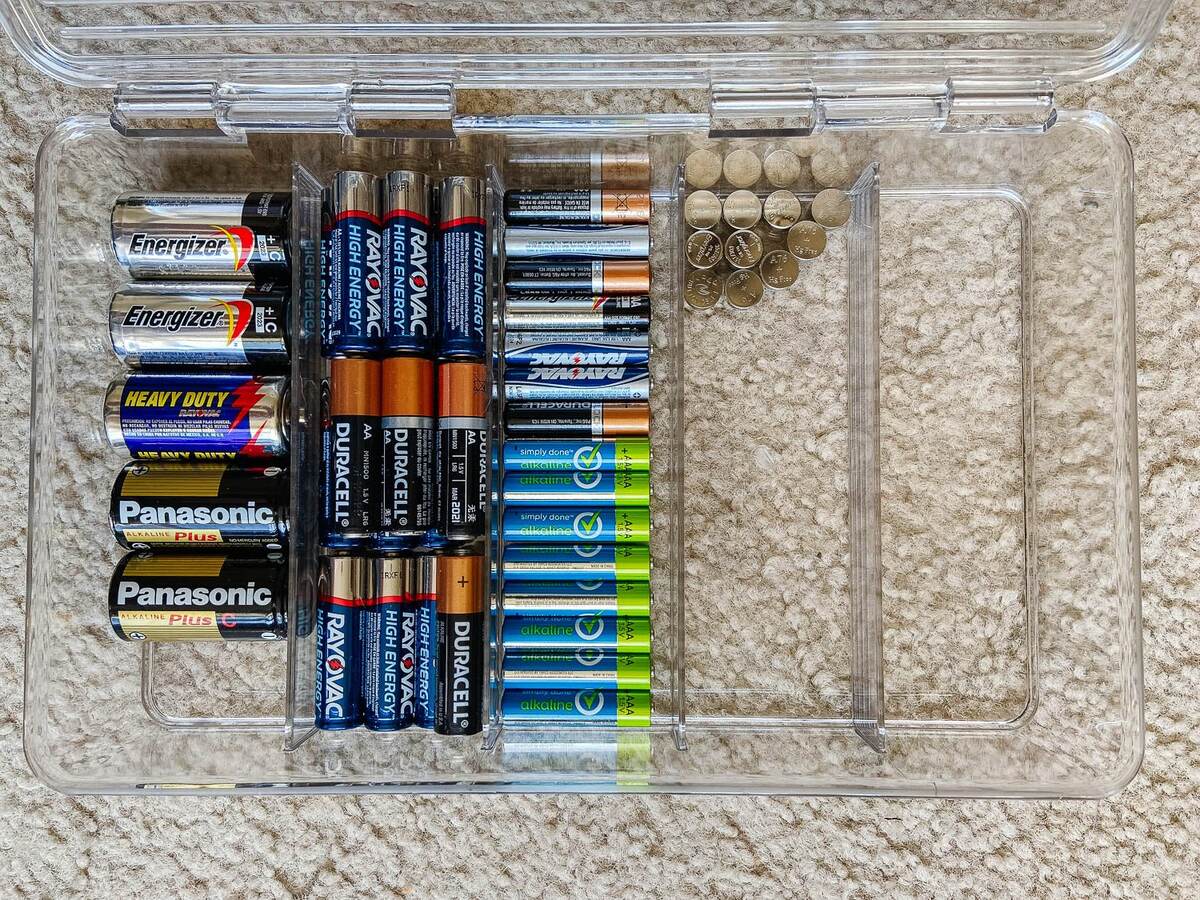

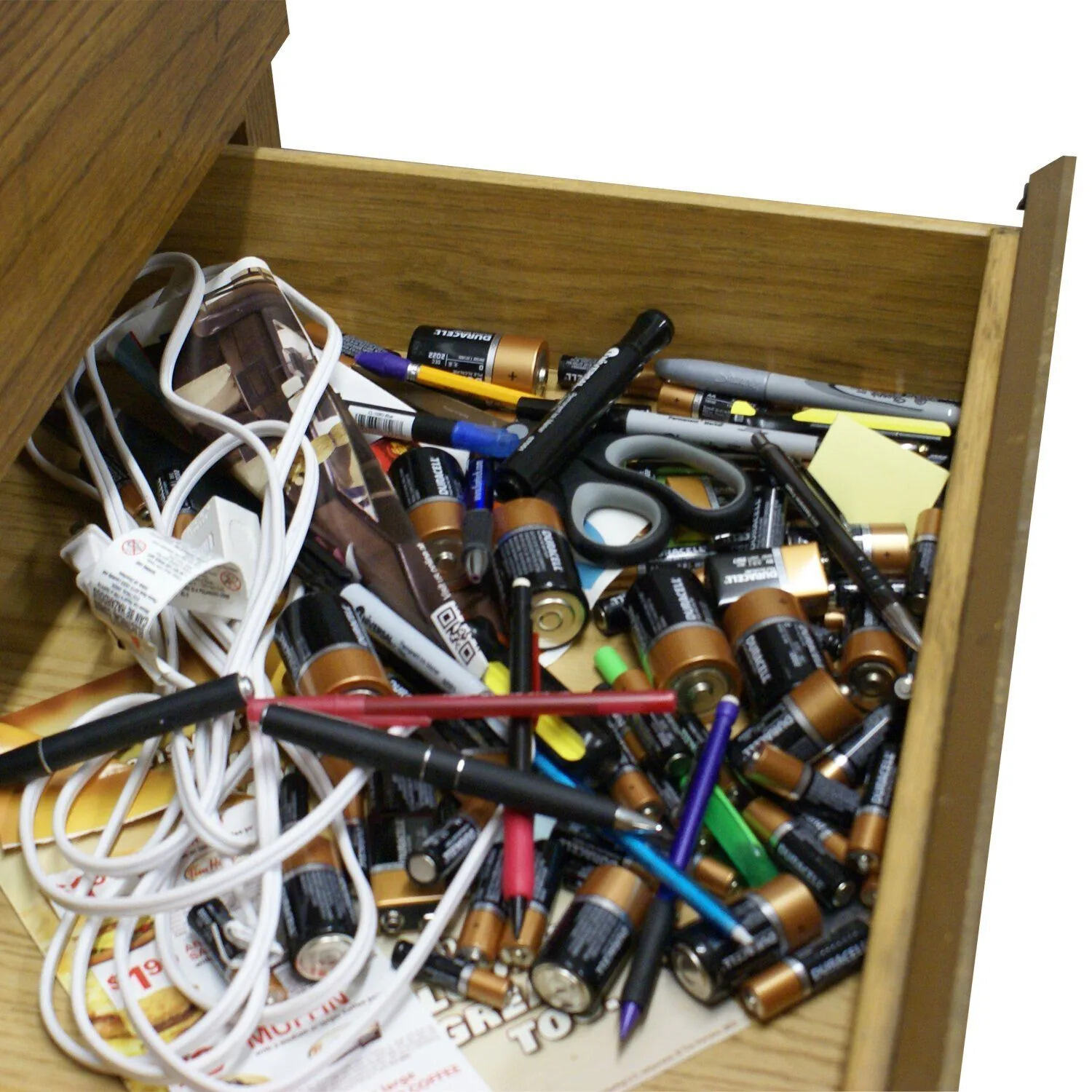
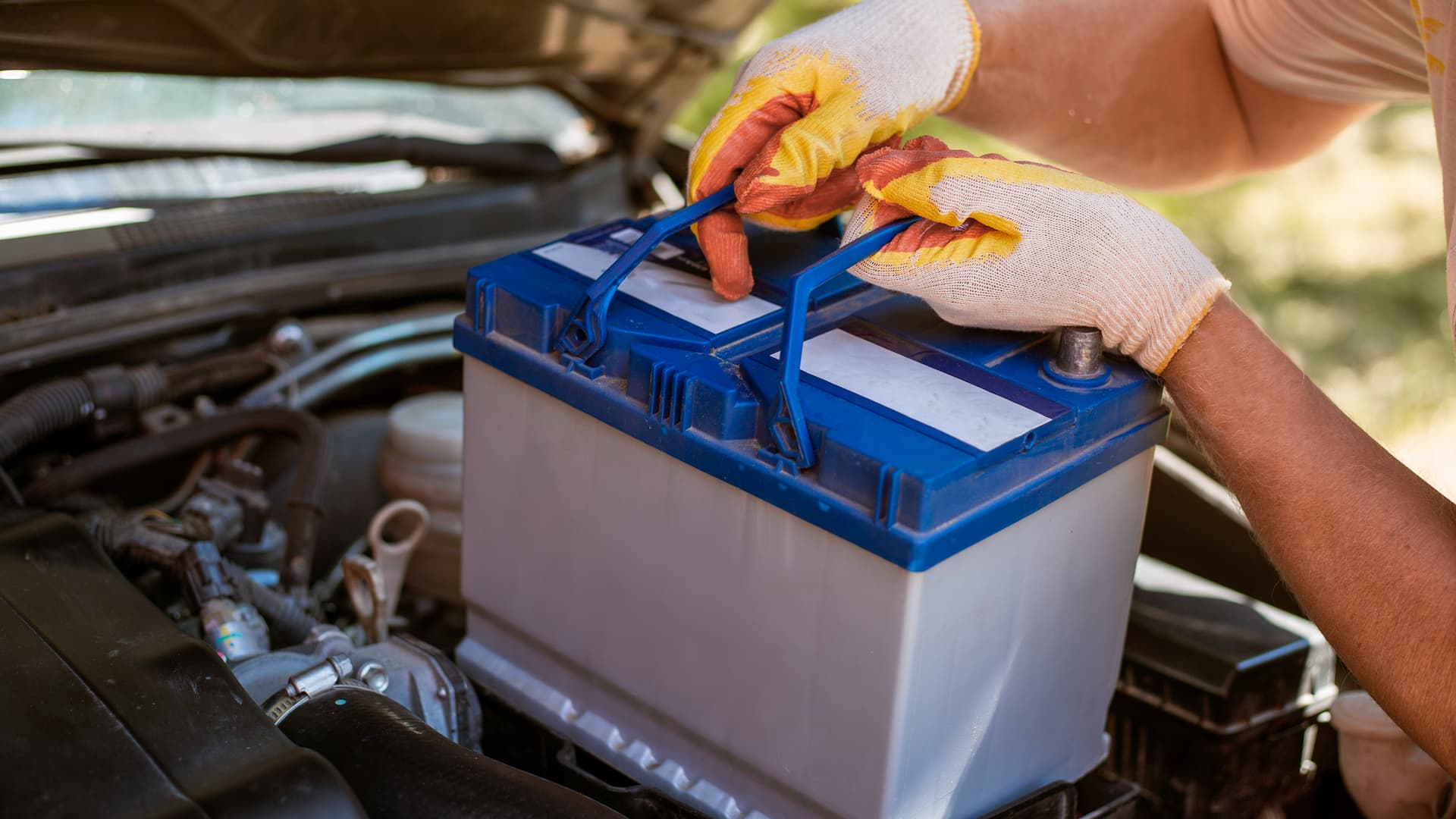
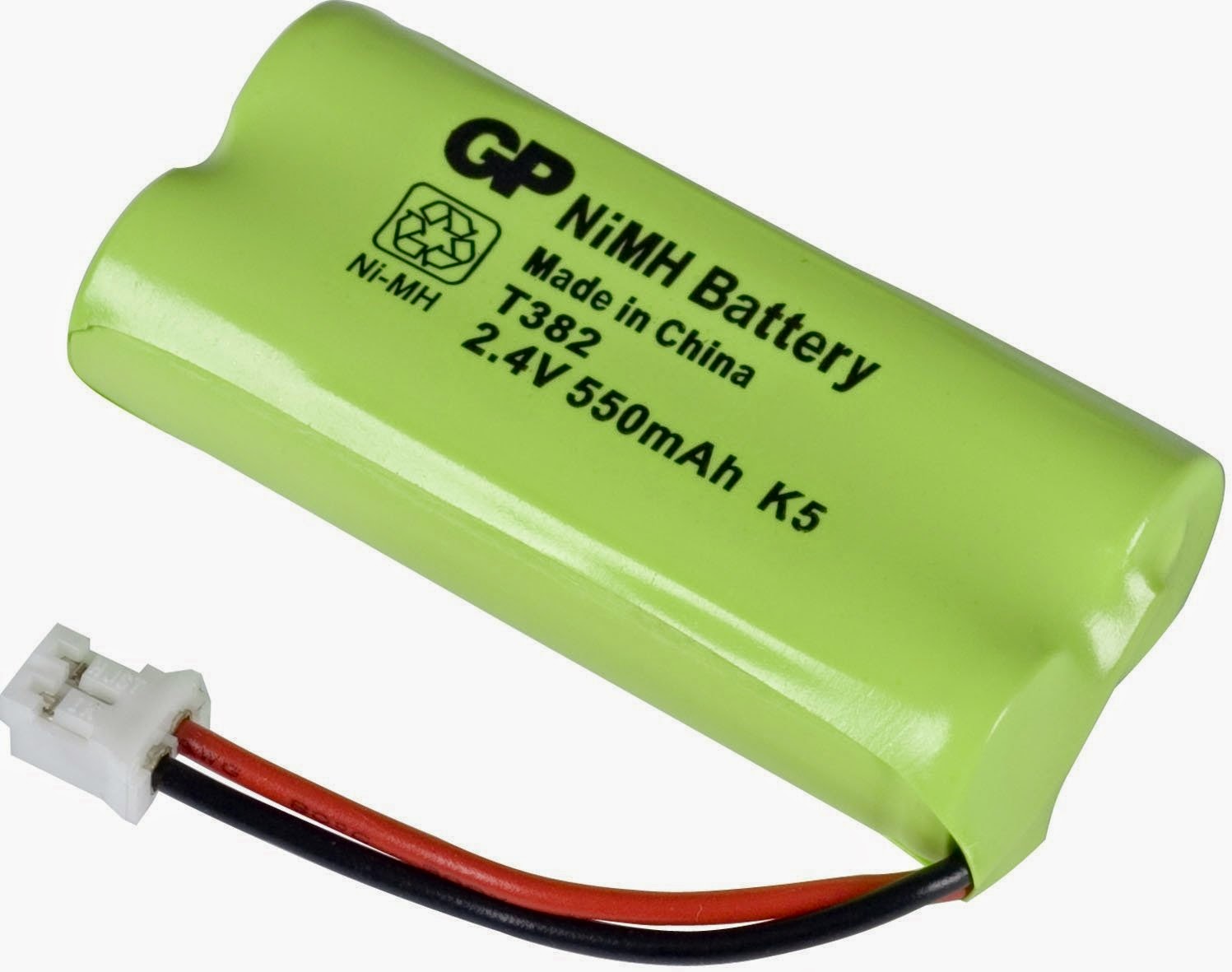
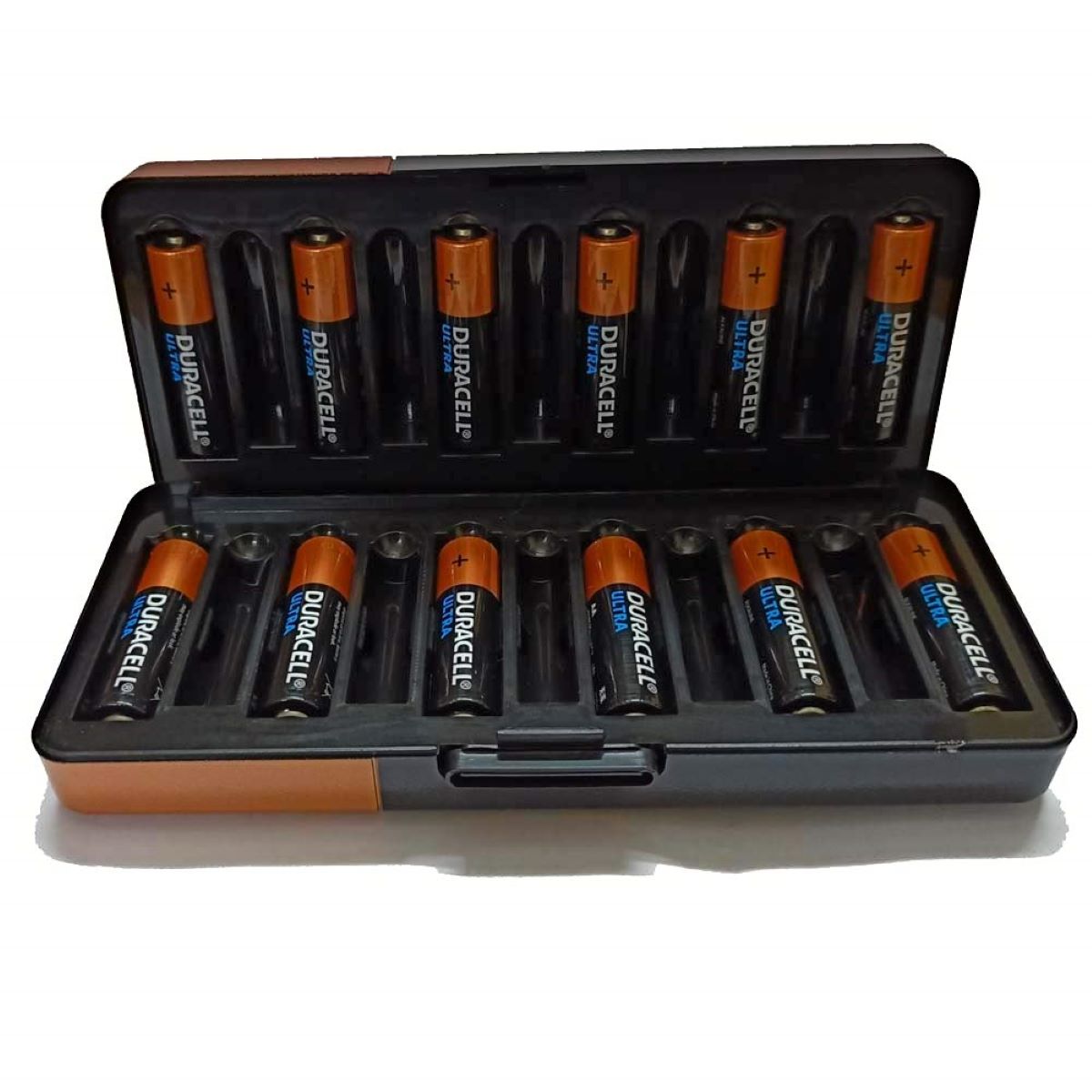

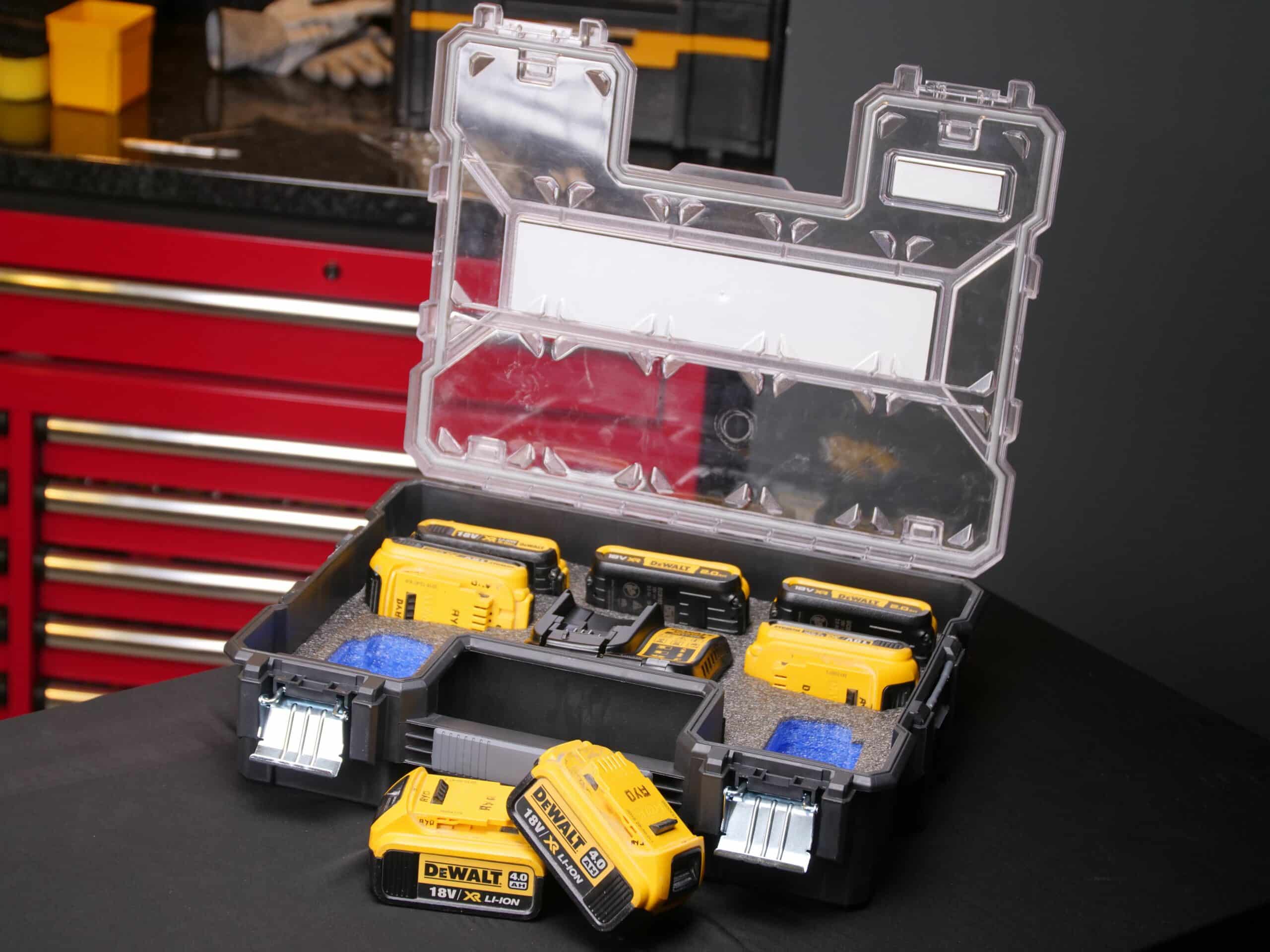
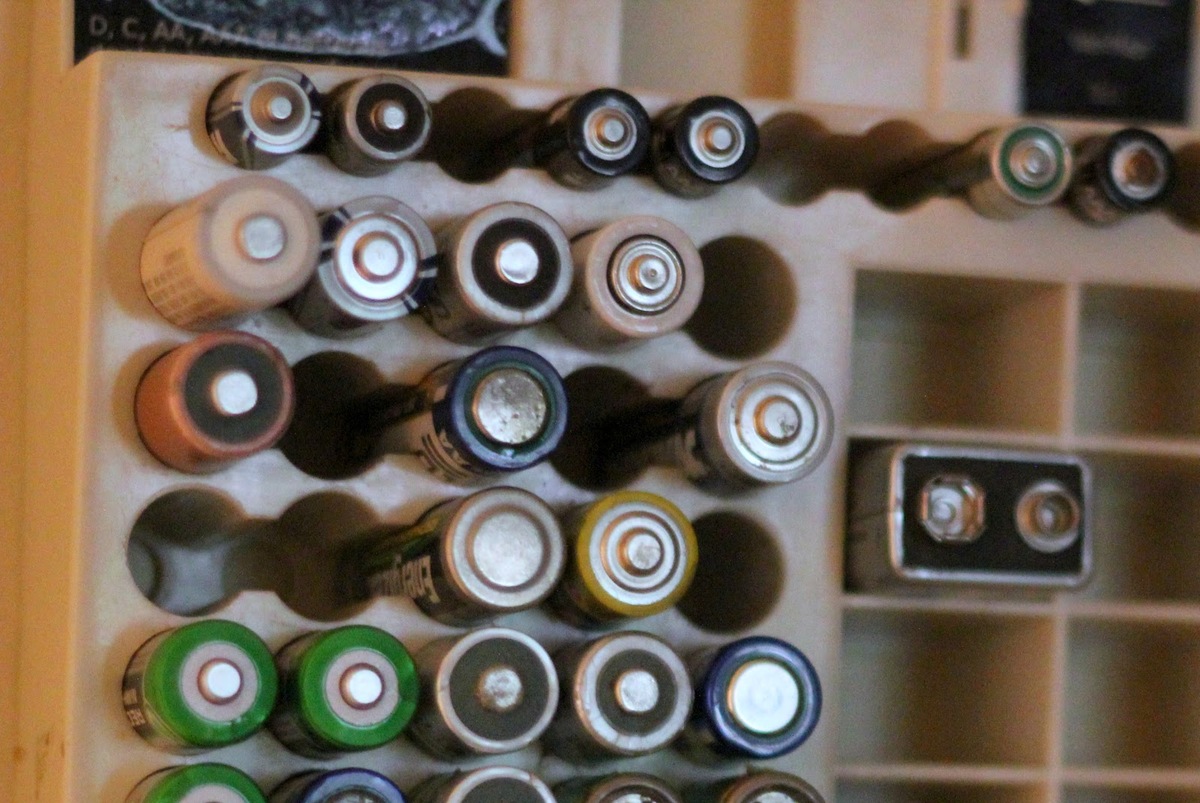
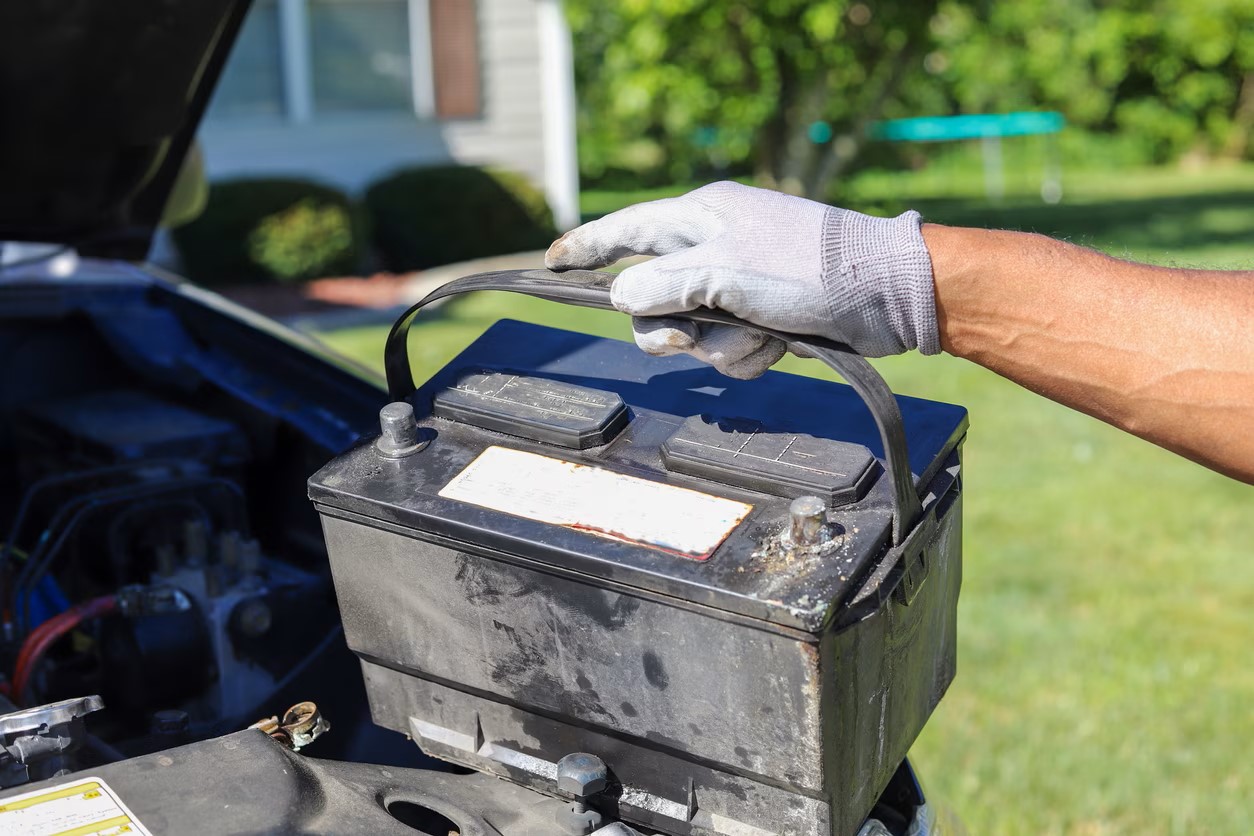




0 thoughts on “How To Store Lifepo4 Batteries”